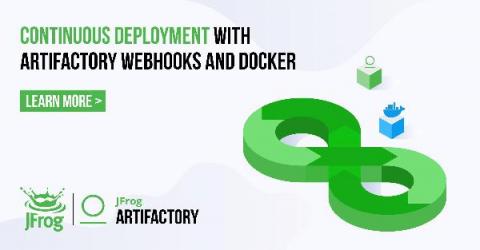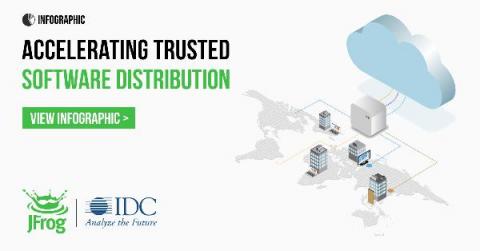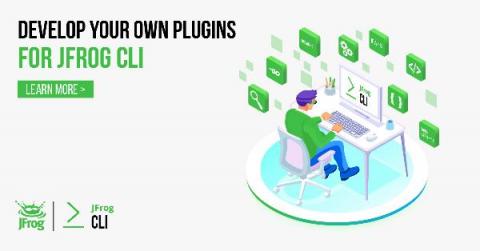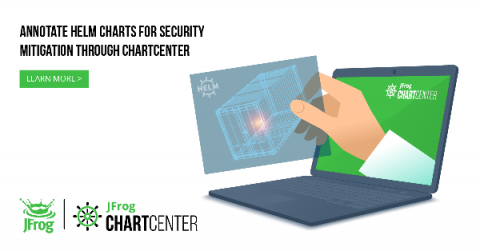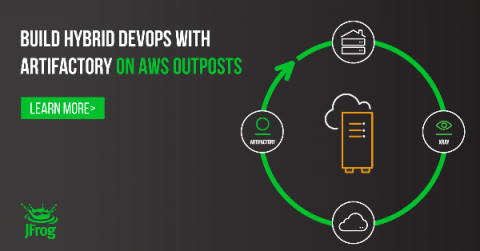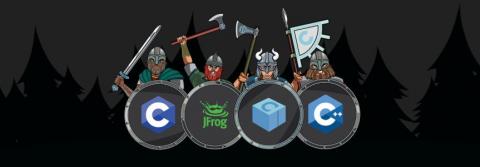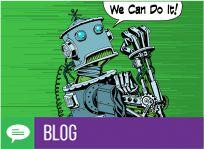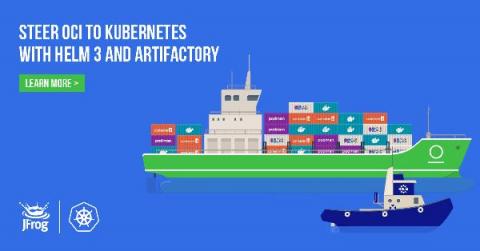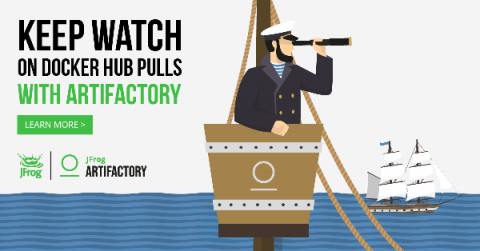Achieving Continuous Deployment with Artifactory Webhooks & Docker
Continuous Deployment (CD) requires setting up your infrastructure and automation to update your solution with the latest code change from the main branch. That’s what we call “Liquid Software”. Full automation makes your deployment seamless, less error prone, faster and it makes the feedback loop shorter because you can now deploy after each change. Achieving continuous deployment requires the following elements.


